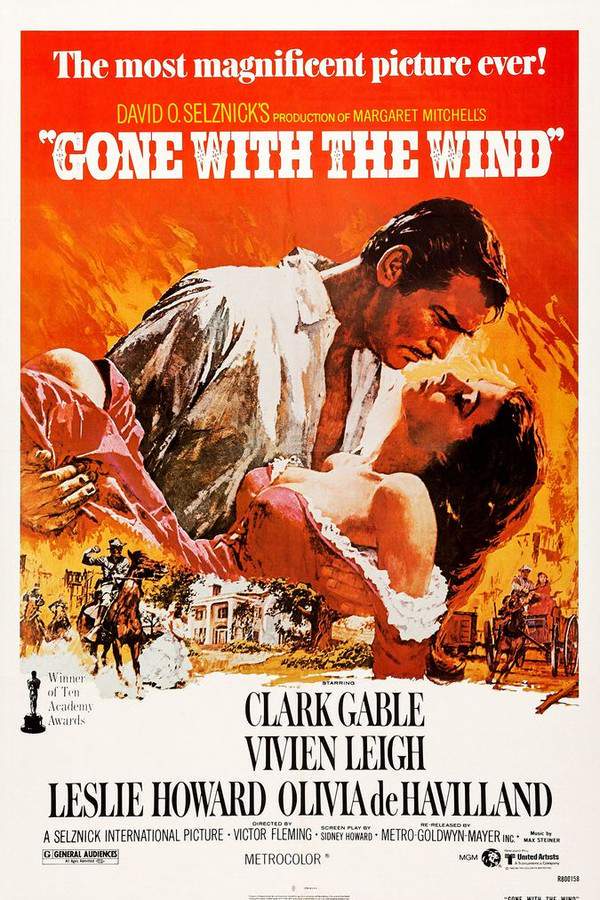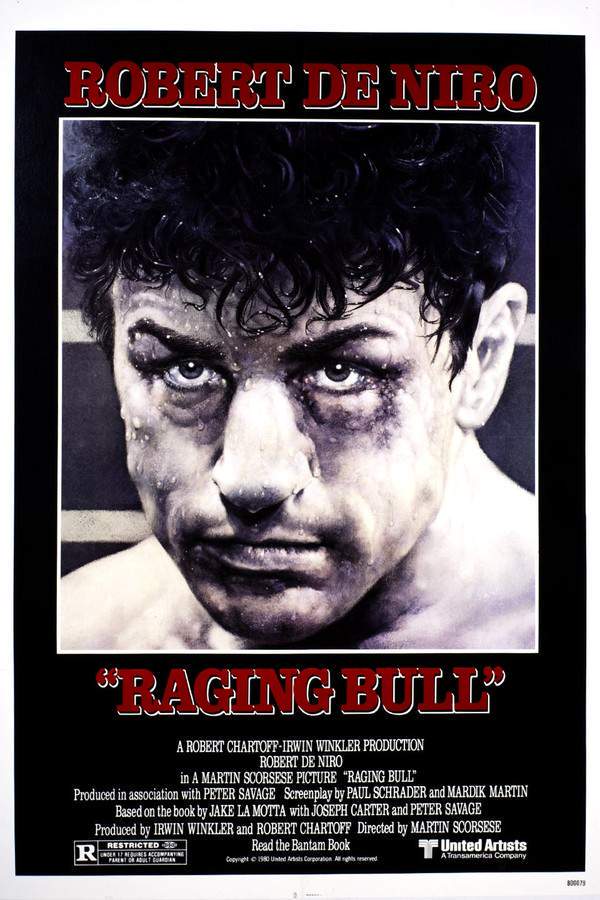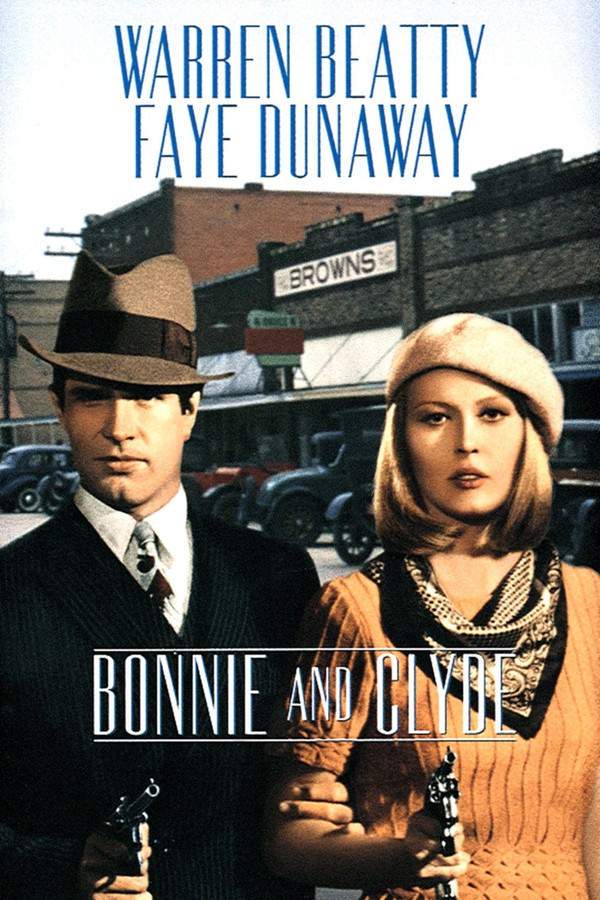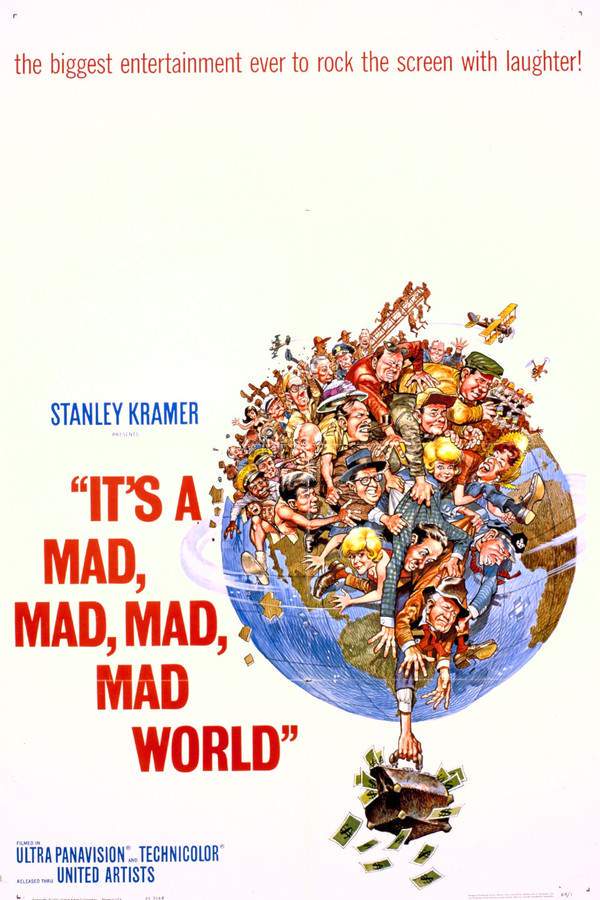What's After the Blog?
Cinema • Film Industry
The Art of Film Editing: More Than Just Cutting
Delve into the intricate art of film editing and discover how it transcends mere cutting to shape the emotional and narrative core of cinema.
April 11, 2024

Movies mentioned in this article
The Art of Film Editing: More Than Just Cutting
Introduction
Film editing, often perceived as merely cutting and splicing scenes together, is in fact a complex and critical component of the filmmaking process. It is an art that remains largely invisible to the audience yet fundamentally shapes their cinematic experience. The history of film editing is as old as cinema itself, evolving from the primitive splices of early silent films to the sophisticated digital editing of today’s blockbusters. This evolution has seen editors transition from unsung heroes working in the shadows to key creative figures in the filmmaking process.
The role of a film editor is multifaceted; they are storytellers, rhythm setters, and emotion manipulators. An editor’s work goes largely unnoticed when done well, seamlessly guiding the audience through a narrative without them being aware of the manipulation. The history of editing is marked by significant milestones, from the early experiments of Edwin S. Porter to the revolutionary techniques of Sergei Eisenstein. Each era brought new advancements and understanding of editing’s power to craft stories, build suspense, evoke emotions, and transport audiences into new worlds. Films like The Birth of a Nation and Battleship Potemkin showcased early on how editing could be used to create narrative continuity and emotional impact.
Understanding the Basics of Film Editing
At its core, film editing is the process of selecting and combining shots to create a cohesive narrative. This involves more than just choosing the best takes; it requires a deep understanding of pacing, rhythm, and narrative structure. A good editor must discern the director’s vision and enhance it through the rhythm of the film. They control the pace of the story, sometimes lingering on a moment to build emotion or rapidly cutting to heighten tension.
The fundamental elements of film editing – pacing, continuity, and rhythm – are crucial in shaping the viewer’s experience. Pacing refers to the tempo of the film, which can greatly affect how the narrative is perceived. Continuity editing, a hallmark of classical Hollywood cinema, ensures a seamless flow of action, maintaining spatial and temporal coherence. Films like Casablanca and Gone with the Wind are prime examples of effective continuity editing. On the other hand, rhythm involves the duration of shots and how they interact with each other, an aspect brilliantly utilized in films like Whiplash to enhance the narrative’s emotional intensity.
Understanding these basics lays the foundation for appreciating the art of film editing. It is a craft that goes beyond mere cutting, involving a delicate balance of technical skill and creative vision. Editors are not just cutting scenes; they are sculpting the narrative, defining its flow, and ultimately shaping the viewer’s journey through the story.
The Invisible Art: How Does Film Editing Influence Storytelling?
Often referred to as the ‘invisible art’, film editing is a key driver in the storytelling process, subtly guiding the viewer’s emotional journey without drawing attention to its own mechanics. An editor’s decisions on what to show, when to cut, and which angle to use directly influence how the story unfolds and how it’s perceived by the audience. Effective editing can turn a collection of scenes into a coherent and compelling narrative, often determining the success or failure of a film.
For instance, in Jaws, the editing plays a pivotal role in building suspense. By carefully choosing when to reveal the shark, the editors created a sense of fear and anticipation. Similarly, the editing in The Godfather enhances the film’s narrative depth, seamlessly weaving together the multiple storylines and time periods. The famous baptism scene, intercutting between a religious ceremony and a series of murders, is a masterclass in using editing to heighten drama and contrast. In contrast, the montage sequences in Rocky use rapid editing to compress time and showcase the protagonist’s journey, adding to the film’s emotional impact.
This invisible art of editing is not just about cutting together shots; it’s about shaping the story’s rhythm, pace, and mood. A well-edited film flows smoothly, maintains continuity, and keeps the audience engaged from start to finish. It’s a delicate balance of artistry and technical skill, requiring a deep understanding of narrative, character development, and pacing.
Pioneers of Film Editing
The art of film editing has been shaped by numerous pioneering editors whose innovative techniques and artistic vision have left an indelible mark on cinema. Thelma Schoonmaker, a long-time collaborator with Martin Scorsese, is renowned for her ability to craft complex narratives and manage intricate editing structures, as evident in films like Goodfellas and Raging Bull. Her work demonstrates a mastery of rhythm and pacing, creating an immersive and emotionally resonant cinematic experience.
Walter Murch, another influential figure in film editing, has contributed significantly to the art form with his work on movies like The Conversation and Apocalypse Now. Murch’s innovative approach to sound design and picture editing, particularly his concept of ‘The Rule of Six’, has been a guiding principle in editing. He emphasizes the importance of emotional resonance and narrative rhythm over purely visual continuity.
Dede Allen, known for her work on Bonnie and Clyde and Dog Day Afternoon, broke new ground with her bold editing style. Her use of quick cuts and rhythmic pacing helped redefine modern American cinema, influencing a generation of filmmakers and editors. Allen’s editing style brought a sense of realism and immediacy to the films she worked on, contributing to their lasting impact.
These editors, among others, have played a crucial role in shaping the art of film editing. Their contributions go beyond mere technique; they have elevated editing to an art form that is integral to the storytelling process in cinema.
Modern Editing Techniques and Technologies
The advent of digital technology has revolutionized the art of film editing, introducing new techniques and tools that have expanded the creative possibilities for editors. Modern editing is no longer confined to the physical cutting and splicing of film reels; it encompasses a range of digital practices that allow for greater flexibility and experimentation. Non-linear editing systems like Adobe Premiere Pro, Final Cut Pro, and Avid have become industry standards, enabling editors to easily manipulate and rearrange footage, experiment with different cuts, and integrate various visual and sound effects.
This technological evolution has also led to the development of more sophisticated visual effects and CGI (Computer-Generated Imagery), greatly enhancing the visual storytelling capacity of films. Movies like Avatar and Inception showcase the seamless integration of visual effects in storytelling, made possible by advanced editing software. Additionally, digital technology has democratized the editing process, making it more accessible to independent filmmakers and allowing for a greater diversity of voices and stories in cinema.
The rise of digital editing has also introduced new challenges and considerations. The ease of manipulating footage has raised ethical questions about the boundaries of creative editing, particularly in documentary filmmaking where authenticity is crucial. Moreover, the abundance of digital tools and effects can be a double-edged sword; while they offer creative freedom, there is also a risk of over-reliance on technology at the expense of storytelling.
How do film editors collaborate with directors and cinematographers?
The collaborative relationship between film editors, directors, and cinematographers is fundamental to the filmmaking process. This partnership is essential in realizing the director’s vision and ensuring that the film’s visual narrative is cohesive and effective. Editors work closely with directors to shape the film’s structure, rhythm, and pace, often becoming key creative partners in the storytelling process. The editor’s role is to refine and enhance the director’s vision, sometimes bringing a new perspective that can elevate the film’s narrative impact.
Cinematographers, on the other hand, are responsible for capturing the visual elements of the film. The footage they provide forms the raw material with which editors work. A good working relationship between the cinematographer and the editor is crucial, as it ensures that the visual style and continuity are maintained throughout the editing process. The collaboration is evident in films like La La Land, where the seamless blend of cinematography and editing creates a visually stunning and emotionally resonant narrative.
Successful collaborations often involve a deep mutual understanding and respect for each role’s contributions. Regular communication and discussion between the editor, director, and cinematographer are key to ensuring that the film’s narrative and visual objectives are aligned. This collaborative process can result in some of cinema’s most memorable and impactful films, where the synthesis of storytelling, visual artistry, and editing craft come together to create a truly immersive cinematic experience.
The Role of Editing in Genre Films
Film editing is not a one-size-fits-all art; its techniques and approaches vary widely across different genres, each demanding a unique editing style to enhance the storytelling and emotional impact. In action films, for example, editing is crucial in creating a sense of pace and excitement. Rapid cuts, cross-cutting, and the use of impactful transitions are often employed to heighten the intensity of action sequences. Movies like Mad Max: Fury Road exemplify the power of editing in action cinema, where the fast-paced editing complements the film’s dynamic and chaotic energy.
In horror films, editing plays a pivotal role in building suspense and fear. The strategic use of cuts, the timing of reveals, and the manipulation of sound and silence can greatly amplify the horror experience. Films like The Conjuring utilize editing techniques to create a sense of unease and anticipation, making the audience dread what might come next.
Conversely, in comedies, the timing of edits is crucial in delivering punchlines and humorous moments effectively. The editing style in comedies tends to be more subtle and timed to the rhythm of the dialogue and action. A film like Bridesmaids demonstrates how well-timed edits can enhance comedic timing and character interactions.
Drama films often rely on editing to build character arcs and emotional narratives. Slow-paced, thoughtful cuts and transitions are used to give the audience time to connect with the characters and immerse themselves in the story. Moonlight, for instance, uses measured and deliberate editing to deeply explore its characters’ inner worlds and emotional journeys.
The editing style in each genre plays a significant role in shaping the viewer’s experience, demonstrating the editor’s ability to adapt their techniques to suit the narrative and emotional needs of the film.
The Challenges and Rewards of Film Editing
The role of a film editor is both challenging and immensely rewarding. One of the primary challenges is working with the vast amount of footage to distill the essence of the story. Editors often have to make tough decisions about what to keep and what to cut, balancing the director’s vision with the film’s pacing and narrative coherence. The editing process can be time-consuming and requires a meticulous attention to detail, as even small changes can significantly impact the overall film.
Another challenge is maintaining the film’s continuity, ensuring that each scene flows seamlessly into the next. This involves not only visual continuity but also the continuity of the story and characters’ development. Editors need to have a deep understanding of the narrative and a keen eye for detail to achieve this seamless flow.
Despite these challenges, film editing is a highly rewarding profession. It offers the opportunity to shape and refine the story, often transforming raw footage into a compelling and coherent narrative. Editors play a crucial role in the filmmaking process, and their work can significantly enhance the impact and success of a film. The satisfaction of seeing the final product and knowing they played a key role in its creation is a significant reward for film editors.
The art of film editing is a blend of technical skill and creative vision. It’s an essential aspect of filmmaking that contributes significantly to the success and emotional impact of a film, underscoring the notion that editing is indeed more than just cutting.
Conclusion
The art of film editing is a complex and indispensable part of the filmmaking process, one that goes far beyond the simple act of cutting and splicing scenes together. It is an art form that requires a unique blend of technical expertise, creative vision, and storytelling acumen. Editors are the unsung heroes of cinema, shaping raw footage into coherent, emotionally resonant narratives that captivate audiences. Their work, though often invisible, is crucial in determining the rhythm, pace, and overall impact of a film.
As we continue to celebrate and analyze films, it’s important to acknowledge and appreciate the vital role of film editing. This art form, constantly evolving with technological advancements, remains at the heart of cinematic storytelling. Whether in a heart-pounding action sequence, a suspenseful thriller, or an intimate drama, the editor’s touch is ever-present, guiding the audience through the film’s journey. Discover More About Filmmaking
- For further insights into the magic of filmmaking and the many aspects that contribute to the creation of a movie, visit What’s After the Movie Blog. Join us in exploring the world of cinema and the artistry behind every frame.
Explore the World of Movies with ATM
- At ATM, we’re passionate about all things cinema. From uncovering if your favorite film has end credit scenes to delving into the nuances of movie making, our platform offers a comprehensive database for movie enthusiasts. Discover descriptions, revenue details, actor bios, director insights, ratings, and summaries, enhancing your understanding and appreciation of the films you love.
Continue reading

What's After the Movie?
Not sure whether to stay after the credits? Find out!
Explore Our Movie Platform
New Movie Releases (2025)
Famous Movie Actors
Top Film Production Studios
Movie Plot Summaries & Endings
Major Movie Awards & Winners
Best Concert Films & Music Documentaries
Movie Collections and Curated Lists
© 2025 What's After the Movie. All rights reserved.



























